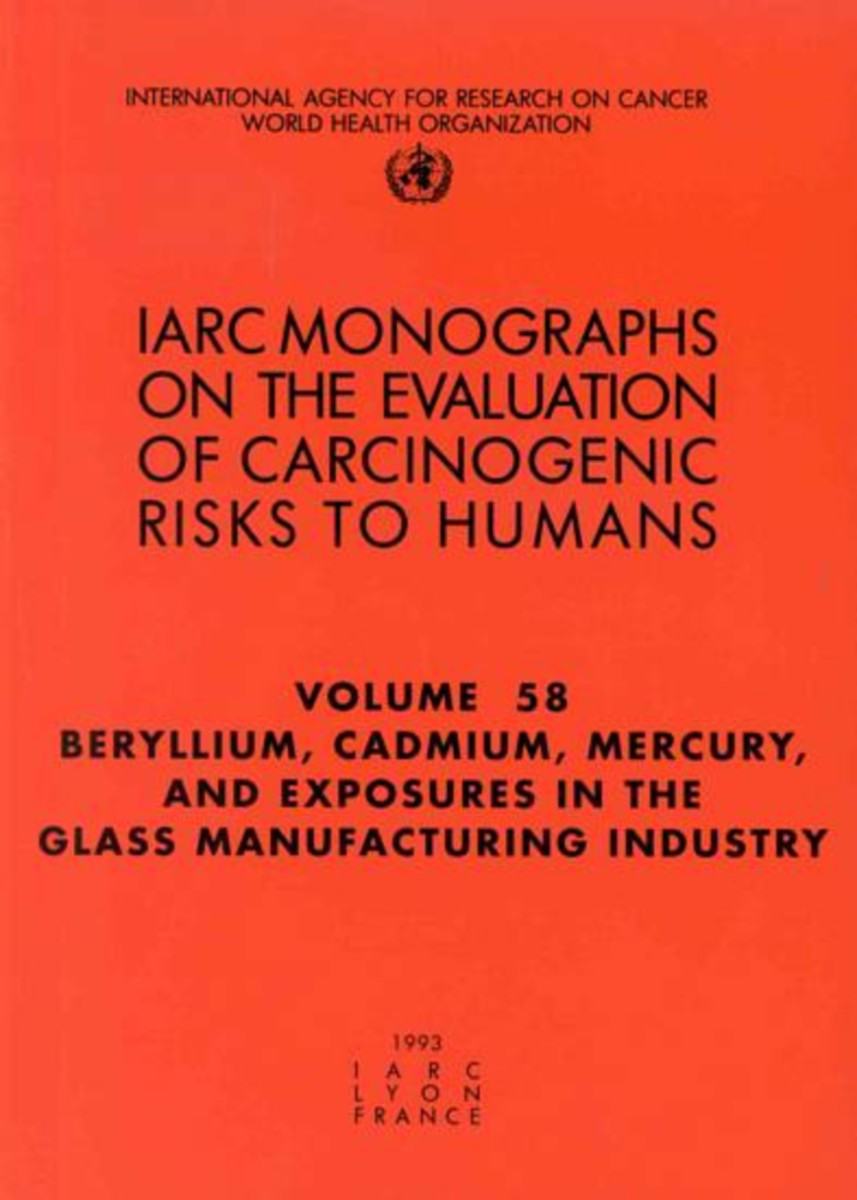Beryllium, Cadmium, Mercury, and Exposures in the Glass Manufacturing Industry
- Publisher
World Health Organization - Published
1st December 1993 - ISBN 9789283212584
- Language English
- Pages 444 pp.
- Size 6.75" x 9.5"
Evaluates the carcinogenic risk to humans posed by exposure to selected metals and their compounds. Separate monographs are presented for beryllium and beryllium compounds, cadmium and cadmium, compounds, and mercury and inorganic and methylmercury compounds. Because several metallic salts and pigments are used in the manufacture and coloring of certain glass products, the book also evaluates the carcinogenic risk posed by exposures in the glass manufacturing industry. More than 1200 references to the recent literature are included.
The first monograph evaluates biological and epidemiological data on metallic beryllium beryllium-aluminium and -copper alloys, and some beryllium compounds. Data from studies in humans and several well-designed animal investigations support the conclusion that beryllium and beryllium compounds are carcinogenic to humans. The monograph on cadmium and cadmium compounds gives particular attention to new analyses of epidemiological cohorts and new studies in experimental animals. These data support the conclusion that cadmium and cadmium compounds are carcinogenic to humans. The monograph on mercury and mercury compounds classifies methylmercury compounds as possibly carcinogenic to humans. Metallic mercury and inorganic mercury compounds could not be classified.
Citing evidence from recent cohort studies, the monograph on exposures in the glass manufacturing industry concludes that the manufacture of art glass, glass containers, and pressed ware entails exposures that are probably carcinogenic to humans. Occupational exposures in flat-glass and special glass manufacture could not be classified as to their carcinogenicity to humans.
The International Agency for Research on Cancer
The International Agency for Research on Cancer (IARC) is part of the World Health Organization. IARC's mission is to coordinate and conduct research on the causes of human cancer, the mechanisms of carcinogenesis, and to develop scientific strategies for cancer control. The Agency is involved in both epidemiological and laboratory research and disseminates scientific information through publications, meetings, courses, and fellowships.


